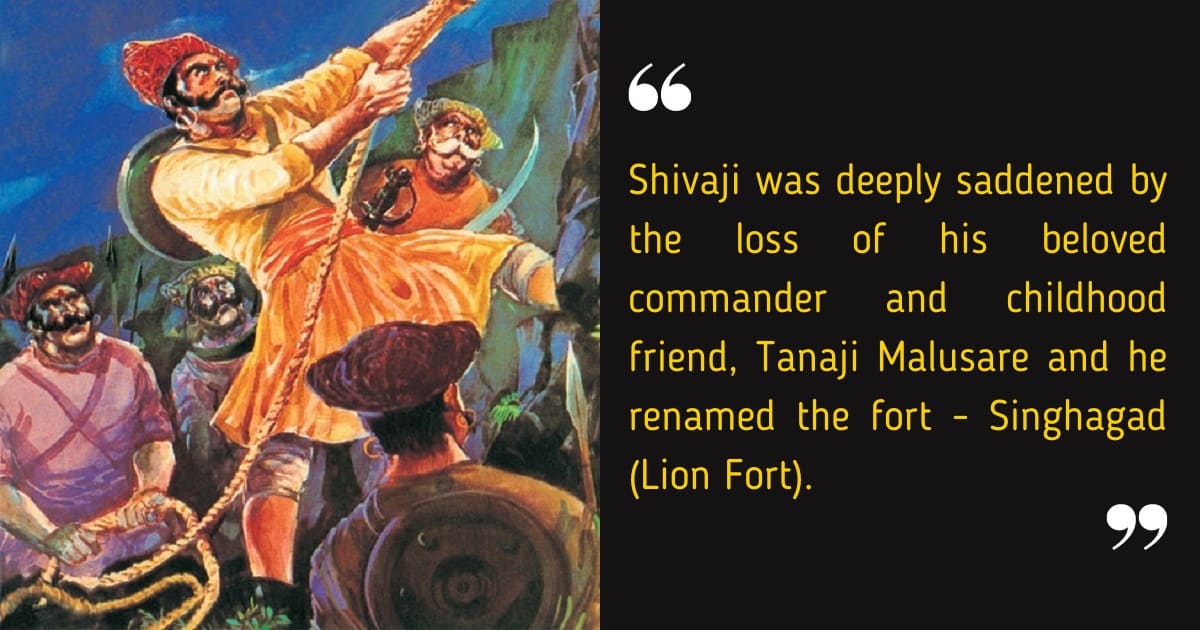
In the year 1674, the Maratha Kingdom or Maratha Confederacy was founded with the coronation of a member of the Bhonsle Maratha clan named Chhatrapati Shivaji. The Marathas dominated a large part of the Indian subcontinent during the 18th century and are believed to be one of the greatest powers who were responsible for the gradual demise of the Mughal empire. But when the talk is about the might, intellect, and success of the Marathas one should never omit the unsung warrior and hero Tanaji Malusare.
Who was Tanaji Malusare?
Tanaji Malusare played an immensely pivotal role and made unique contributions in establishing the Maratha Empire and fighting off the Mughals.
ADVERTISEMENT
This is the tale of a lion-hearted warrior who, since childhood was a very dear friend of Maratha king Chhatrapati Shivaji. Tanaji fought and led many battles in the name of Marathas but among all the battles, the war of Sinhagad was the most momentous and unforgettable one.
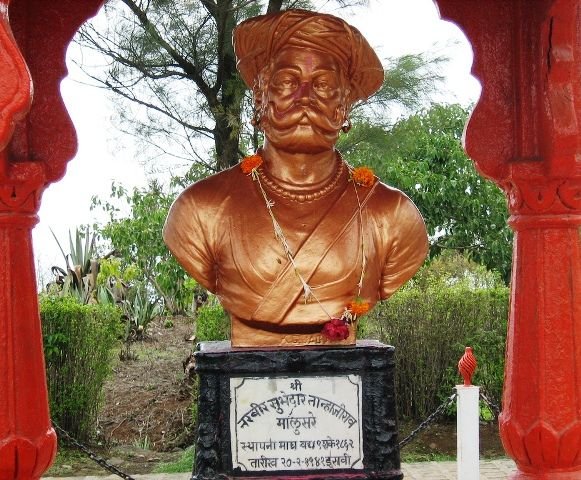
Treaty of Purandar between Maratha King Shivaji and the commander of the Mughal empire Jai Singh I
Maratha empire was majorly located in the southwestern part of India. There was a fort named Kondhana near the city of Pune. In 1665 the fort was besieged by the forces of Mughal emperor Aurangzeb. Therefore, on 11 June 1665, a treaty was signed named the Treaty of Purandar between Maratha King Shivaji and the commander of the Mughal empire Jai Singh I. The treaty left the fort of Sinhagad and several pieces of Maratha land to the Mughal supremacy.
Shivaji wanted peace at that time which left him with nothing but to comply with the Mughals. Still, the thought of them controlling the land of Marathas and the seizure of their beloved fort used to enrage the Marathas every now and then. Eventually, in the year 1670, Shivaji Maharaj told his beloved friend and the military leader, Tanaji, to go and re-capture the fort of Sinhagad (then known as Kondhana) from the Mughals as it was never theirs, to begin with.
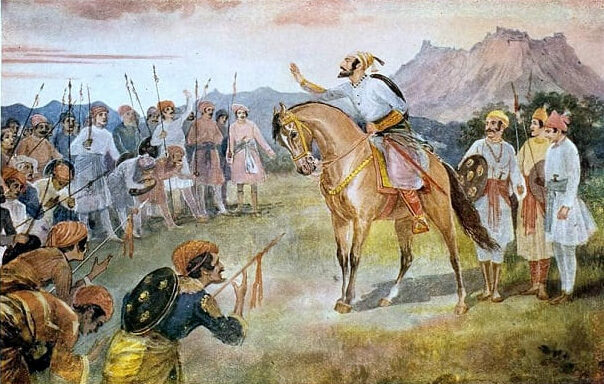
Tanaji’s troops on the way to Sinhagad
It was well-known that Tanaji’s son was getting married at that time but despite that on 4th February 1670 Tanaji mobilized his army of 1000 troopers and left to recapture the fort of Kondhana.
ADVERTISEMENT
With the aid of Rajput, Arab, and Pathan soldiers the fort of Kondhana under the Mughal supremacy was surveilled by the Rajput warrior named Udaybhan Rathod. He was a sort of person who would go to any limits in order to win and the Marathas were very well aware of this fact.
Udaybhan’s army could easily outnumber the mere 1000 troopers of Marathas and the Marathas were well enlightened about it. They knew how heavily the Mughals used to guard the fort and breaking & entering would be like ‘boiling the ocean’. The task was cumbersome but Tanaji was not a warrior who was willing to give up without even trying.
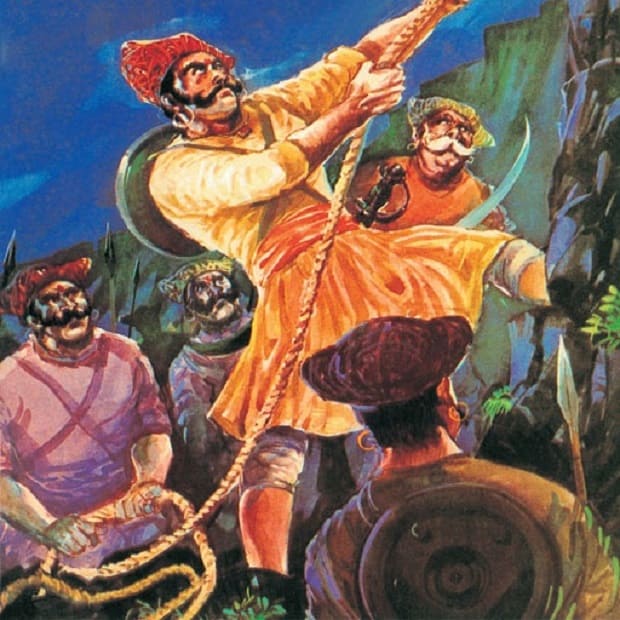
Tanaji’s masterstroke plan that nobody anticipated
He devised a plan that nobody could have anticipated. Legends say that Malusare planned to break into the fort from the south. He took out his pet Yashwanti i.e. the Bengal monitor lizard (ghorpad) and threw it on the wall of the fort which was least guarded with its aid. He advised his troopers to climb up the fort via a rope that was tied to his pet Yashwanti.
After a few failed attempts eventually, the ghorpad’s grip on the wall tightened and one by one 300 soldiers entered the fort while the others were still at the base guarding them.
A situation of stampede and disarray came over that made the Mughals shocked. They were unable to make out from where and how the forces of Marathas entered the fort.

Battle of Sinhagad, 1670
The combat between the Marathas and the Mughals began, both the opponents fought ferociously. But eventually, the Marathas were outnumbered by a frightening amount of Mughal soldiers. Udaybhan Rathod and Tanaji Malusare were engrossed in their sword duel. The brawl between the two courageous warriors went on for a long time creating history but it ended with Malusare losing his life.
ADVERTISEMENT
Dejected by the situation the Marathas still did not lose hope they continued fighting under Malusare’s brother Suryaji Malusare. In the end, the fort was recaptured by the overwhelmed Maratha forces but the gem warrior Tanaji Malusare who had to die a soldier’s death.
The invincible fort was finally revived and to say it was possible because of the immense might of the Maratha soldiers, and the great intellect of Malusare would not be wrong. For Tanaji’s sacrifice, Shivaji Maharaj said ‘Gad Ala Pan Sinha Gela’ meaning the fort is captured but the lion is dead.
Shivaji, who is known to have grieved Tanaji’s loss heavily, had the fort Kondhana renamed Singhagad (Lion Fort).
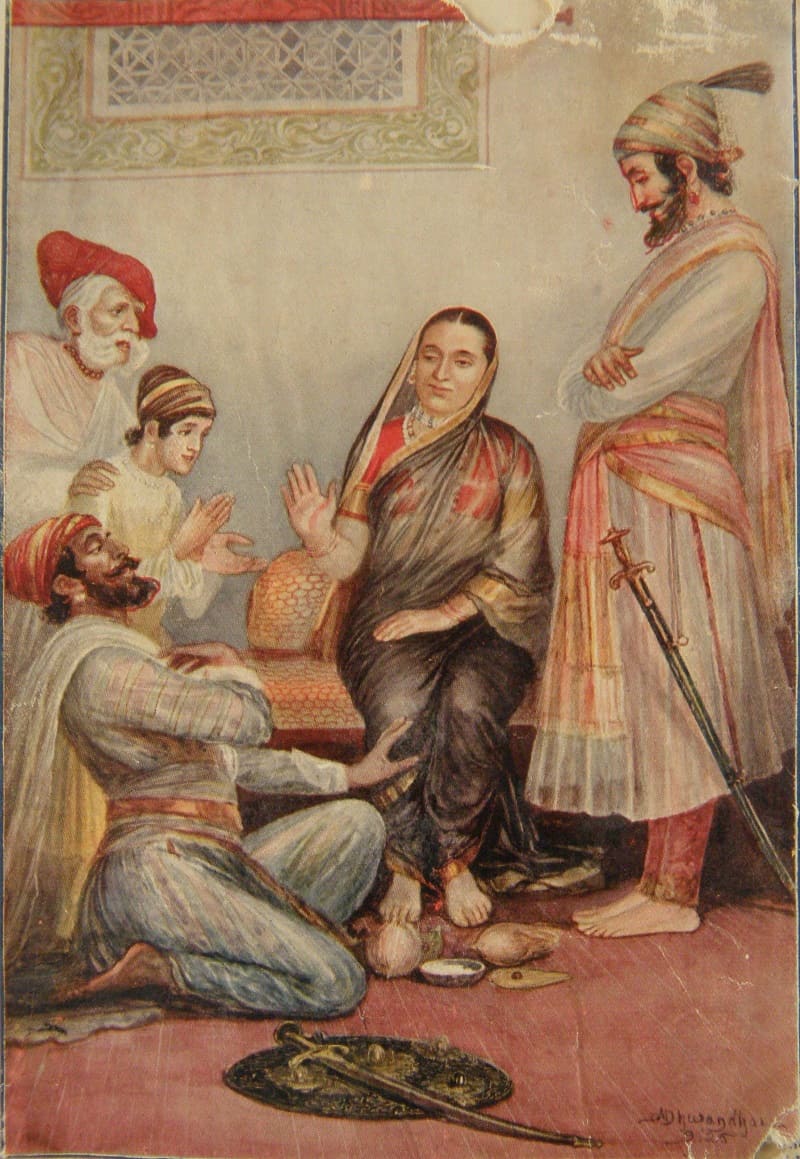
Conclusion
The battle and Tanaji’s sacrifice is still popular subject in the Marathi ballad. The lion-hearted warrior Malusare still is an unsung hero and deserves as much attention as any other individual who fought in the name of their people and for their land.
ADVERTISEMENT
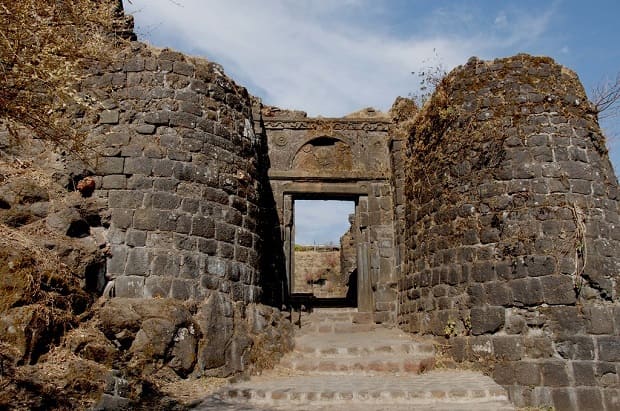
We salute Tanaji Malusare who with his immense contribution turned the impossible into possible and made the Marathas proud. Hail Bhavani! Hail Shivaji!
ADVERTISEMENT











